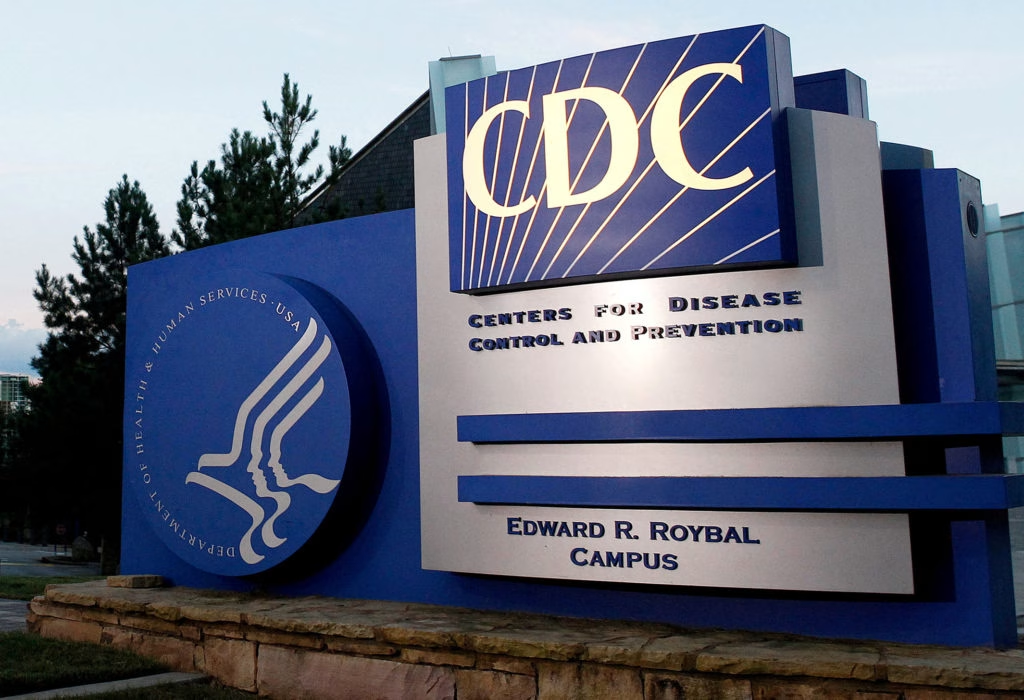H5N1 bird flu: More widespread than we thought? A new CDC study reveals undetected spread in dairy cattle and veterinarians. Learn crucial updates on the outbreak, economic impacts, and how to protect your herd. Don’t miss vital info on biosecurity, government support, and the race for a vaccine.
Summary:
The H5N1 bird flu is spreading faster than expected, as a CDC study shows it is present in more dairy cattle and veterinarians than previously known, even in areas without reported cases. This prompts farmers to enhance biosecurity to protect their herds. The outbreak has impacted over 950 herds across 16 states, damaging the economy through reduced milk production and increased costs. A newly detected variant, D1.1, raises concerns with its potential for increased spread. Farmers should monitor herd health closely, use government support, and stay updated on vaccine development as the USDA fast-tracks a solution.
Key Takeaways:
- Implement enhanced biosecurity measures immediately, even if your area has no reported cases.
- Monitor your herd closely for symptoms and participate in regular testing programs.
- Prepare for potential market volatility; consider risk management strategies.
- Stay informed about evolving guidelines and upcoming vaccination programs.
- Utilize available government support resources to mitigate economic impact.

A new CDC study has found that H5N1 infections may be more widespread than previously known. Out of 150 bovine veterinarians surveyed, three (2%) had antibodies to H5N1, suggesting recent infections that went unnoticed. Even more concerning, one of these vets worked exclusively in Georgia and South Carolina, with no officially reported cases in dairy cattle.
What this means for you:
- The virus could be present in areas with no confirmed cases
- Asymptomatic infections are possible, making detection challenging
- Enhanced biosecurity is crucial, even if your state is “clean.”
Current Outbreak Status
As of February 16, 2025:
- Over 950 herds affected across 16 states
- 68 human cases reported, 41 linked to infected cattle
Regional breakdown:
- Midwest: Highest concentration of cases, with Iowa and Minnesota most affected
- Northeast: Increasing cases in New York and Pennsylvania
- West: California hit hard, with nearly 70% of dairies affected since August 2024
- South: Fewer reported cases, but recent findings suggest potential undetected spread
Economic Impact: A Growing Concern
The financial toll on dairy farms is mounting:
- Infected cows experience a 10-20% reduction in milk production for 7-10 days
- Estimated losses of $100-$200 per affected cow
- Increased costs for enhanced biosecurity measures
- Potential long-term market instability
Market outlook:
- Current milk prices remain stable, but experts warn of potential volatility
- If outbreaks continue to spread, prices could increase by 15-20% over the next 6-12 months
- Consumer demand may decrease due to safety concerns despite assurances from health officials
New Variant Alert: D1.1 Genotype
A new H5N1 variant, the D1.1 genotype, has been detected in dairy cattle for the first time. This variant:
- Was previously found chiefly in wild birds and poultry
- Has been implicated in human infections, including a fatal case in Louisiana
- Raises concerns about increased transmissibility
Protecting Your Herd: Enhanced Biosecurity Measures
Now more than ever, strict biosecurity is crucial:
- Establish clean/dirty lines:
- Clearly mark transition areas
- Install footbaths and hand sanitizing stations
- Control movement:
- Limit farm visitors
- Implement a log system for all entries and exits
- Requires protective gear for all visitors
- Equipment sanitation:
- Develop a rigorous cleaning schedule, especially for milking equipment
- Use EPA-approved disinfectants effective against H5N1
- Worker protection:
- Provide appropriate PPE, including N95 masks, eye protection, and gloves
- Train staff on proper PPE use
- Herd management:
- Isolate new arrivals for at least 30 days
- Implement daily health checks
- Work with your vet on targeted testing protocols
Biosafety Measures for Handling H5N1 Samples
While most dairy farmers won’t directly handle H5N1 samples, it’s essential to understand the strict biosafety measures required in laboratory settings. These requirements underscore the seriousness of the H5N1 threat and the need for strict biosecurity on farms.
| Activity and Specimen Types | Minimum Containment Level |
|---|---|
| Pure cultures or isolates of Avian Influenza A(H5N1) | Containment Level 3 |
| Biological materials containing Avian Influenza A(H5N1) | Containment Level 3 |
| Animal primary specimens or samples that may contain H5N1 | Containment Level 2 |
| Specimens suspected or confirmed to contain H5N1 | Containment Level 3 |
Government Support and Resources
The USDA has expanded support for dairy farmers:
- Up to $1,500 per farm to develop and implement a biosecurity plan
- $100 for purchasing an in-line milk sampler
- Reimbursement of up to $2,000 for veterinary costs related to H5N1 testing
- Compensation for lost milk production in affected herds (90% of lost production per cow)
Looking Ahead: Vaccine Development
The USDA is fast-tracking the development of an H5N1 vaccine for dairy cattle. While not yet available, preliminary results are promising. Experts anticipate:
- Initial field trials to begin in late 2025
- Potential limited rollout to high-risk areas by mid-2026
- Widespread availability, if approved, by early 2027
Stay informed about potential voluntary vaccination programs in the coming months. While this situation is challenging, the dairy industry has overcome obstacles. We can protect our herds and livelihoods by staying vigilant and working together.
Learn more:
- USDA Takes Action to Isolate and Eliminate H5N1 Bird Flu in Dairy Herds Across Nine States
- US Dairy Farms Battle Bird Flu: 24 Companies Racing to Develop Vaccine
- Federal Response Criticized by Scientists over Bird Flu Outbreaks on Dairy Farms
 Join the Revolution!
Join the Revolution!
Bullvine Daily is your essential e-zine for staying ahead in the dairy industry. With over 30,000 subscribers, we bring you the week’s top news, helping you manage tasks efficiently. Stay informed about milk production, tech adoption, and more, so you can concentrate on your dairy operations.







 Join the Revolution!
Join the Revolution!




